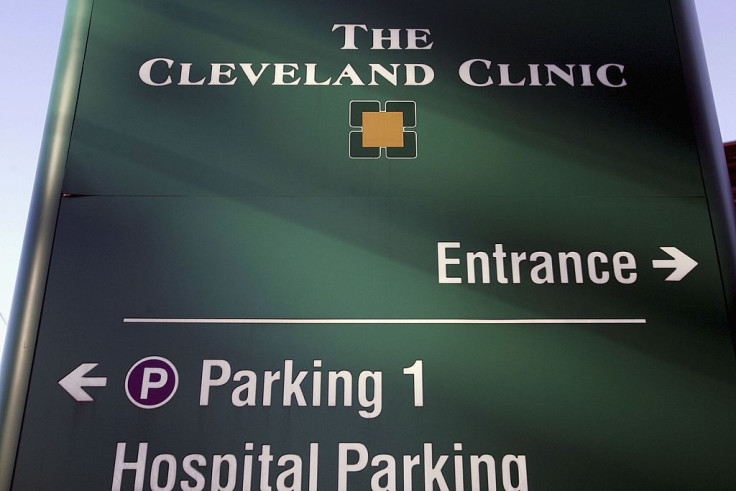Failed Uterus Transplant Caused By Vaginal Yeast Infection: Cleveland Clinic

The Cleveland Clinic has finally identified the complication that led to the removal of Lindsey McFarland's uterus transplant: a vaginal yeast infection.
"Preliminary results suggest that the complication was due to an infection caused by an organism that is commonly found in a woman's reproductive system," the Clinic said in a paragraph-long statement. "The infection appears to have compromised the blood supply to the uterus, causing the need for its removal. The health of our patient is and has always been our primary concern."
The surgery initially seemed to go off without a hitch. McFarland, 26, who was born without a uterus, was doing well for nearly two weeks after undergoing the nine-hour transplant surgery. She said in a news conference that she was at the beginning of a long-desired journey to experience pregnancy. But on March 9, McFarland shared the transplanted uterus was removed due to a sudden, unspecified complication.
At the time, doctors saw an infection had extended into an artery they had connected to provide blood flow to the uterus, which damaged the vessel and caused clots, according to the New York Times. It was potentially life-threatening, Dr. Andreas G. Tzakis, a leader of the surgical team, told the Times, so the transplant was immediately removed.
Once surgeons learned that the complication was caused by the fungus responsible for yeast infections, Candida albicans, they prescribed McFarland anti-fungal medication. Since she was no longer taking anti-rejection drugs, which suppress the immune system in order to prevent the rejection of transplanted organs, her body was able to control the infection and usher into recovery.
C.albicans is normally found in the body, but when it grows out of control, it can cause irritation, discharge, and intense itchiness of the vagina and vulva. In more severe cases, it can weaken the intestinal wall and find its way to the bloodstream. There, it releases toxic byproducts into the body and not only becomes extremely difficult to treat, but it can also be fatal.
Doctors aren’t sure yet if the infection came from the donor or the recipient. The transplant included some vaginal tissue from the donor, as well as the uterus. Either way, the surgical team will hold off on doing any more uterus transplants until it has better transplant practices in place. These could include adjustments to the technique, as well as using antifungal medicines preventively and washing both the donor's and recipient's tissues to reduce risk of infection, Tzakis said.
As for McFarland, she is reportedly doing well.
“[She] is a wonderful young lady, with a very powerful personality, an excellent family and able to handle this extremely well,” Tzakis said. "She is a pioneer and her heart is all in.”
Published by Medicaldaily.com



























